Last updated on September 4, 2024
Guiding students to use Generative AI responsibly ensures that it complements their learning rather than detracts from it. With this approach, we can turn potential challenges into powerful teaching tools, preparing students for educational experiences and their professional futures.
Below are some best practices, examples, and sample Microsoft Copilot or ChatGPT prompts that you can guide students to use to enhance their learning.
For more information please reference the Using Generative AI to Enhance Student Learning Spotlight.
GenAI Prompt Examples and Best Practices
“I’m writing a research paper on the impact of climate change on coastal communities in my [course name and level, e.g., 3000-level]. I want my introduction to be attention-grabbing and compelling. Can you help me craft an opening paragraph that highlights the urgency of the issue, includes a surprising statistic or fact, and sets the stage for my thesis statement?”
“I need help structuring my lab report for a biology experiment on the effect of light intensity on plant growth. Can you guide me on how to organize the sections of my report, including what to include in the title, abstract, introduction, materials and methods, results, discussion, conclusion, and references? Also, any tips on what key information to highlight in each section would be appreciated.”
A student named Alex is studying for their Biology course late at night and is having trouble understanding the process of photosynthesis. They decide to use the gen AI for assistance since they can’t reach their professor at that hour.
- Alex prompts the AI: “I’m struggling to understand the light-dependent reactions in photosynthesis. Can you explain it to me?”
- The AI provides a clear explanation of the light-dependent reactions, allowing Alex to continue studying without having to wait for office hours.
- To get a more tailored response, Alex includes specific details in their prompt: “For my Biology course, I need to understand the light-dependent reactions in photosynthesis. The learning objective is to explain how sunlight is converted into chemical energy. My assignment asks me to describe this process in detail.”
- With these details, the AI provides a more focused explanation that aligns with the course’s scope and helps Alex prepare for the assignment.
- For exam preparation, Alex asks the AI: “Can you generate some practice multiple-choice questions on the light-dependent reactions in photosynthesis?”
- The AI generates several practice questions, such as “What is the primary function of the light-dependent reactions in photosynthesis?” and “Which molecule acts as the final electron acceptor in the light-dependent reactions?”
- For a writing assignment, Alex prompts: “Can you give me an essay question about light-dependent reactions?”
- The AI provides an essay prompt: “Explain the process of the light-dependent reactions in photosynthesis and discuss their significance in the overall photosynthesis process.”
By following these steps, Alex is able to use the AI tool effectively to understand the concept, stay within the course scope, and prepare for both exams and assignments.
“I’m writing a [#] page paper for an [course code, e.g., ENG 3000] course on [topic – e.g. Analyze the cultural and social impact of the Jazz Age on American literature.]. Here is what I’ve written thus far [paste your writing here], and here is the guidance from the instructor [include any details from the instructor: from Canvas announcements, pages, or in the assignment instructions for the essay itself on how the paper should be written]. Based on my draft and the instructor’s guidelines, how can I improve my writing? Please check my grammar, spelling, citation style, and adherence to the grading criteria specified by the instructor.”
“Generate a study guide for my upcoming [exam/paper] in my [course level, e.g., 3000-level] [subject, e.g., history] course. This guide should cover key topics such as [list key topics, e.g., the American Revolution, key battles, important figures]. Please include:
- Summaries of key concepts
- Important dates and events
- Definitions of relevant terms
- Discussion of main themes and ideas
Attached are the resources covered in the [exam/paper], including [list types of attached resources, e.g., PDF readings, PowerPoint slides]. Please integrate information from these materials into the guide.”
[Reminder: Attach all relevant study materials to ensure comprehensive coverage of the topics.]
“I’m working on a writing assignment about the importance of renewable energy sources. My main arguments are that renewable energy reduces greenhouse gas emissions, decreases dependency on fossil fuels, and promotes sustainable development. Can you help me strengthen these arguments by providing additional evidence, statistics, and examples? Also, could you suggest counterarguments and how to effectively refute them?”
“I’m writing a research paper on the impact of social media on mental health among teenagers. Can you help me find and summarize recent studies or articles on this topic? I’m particularly interested in statistics, expert opinions, and case studies that highlight both the positive and negative effects. Additionally, could you provide a list of reputable sources that I can cite in my paper?”
“For my ethics class, I need to write a paper that critically examines a real-world ethical dilemma. Can you help me create a detailed scenario involving a company that must choose between maximizing profits and ensuring environmental sustainability? The scenario should include key stakeholders, potential consequences of each decision, and ethical principles at play. Additionally, could you suggest some questions or angles I can explore to deepen my critical analysis of the situation?”
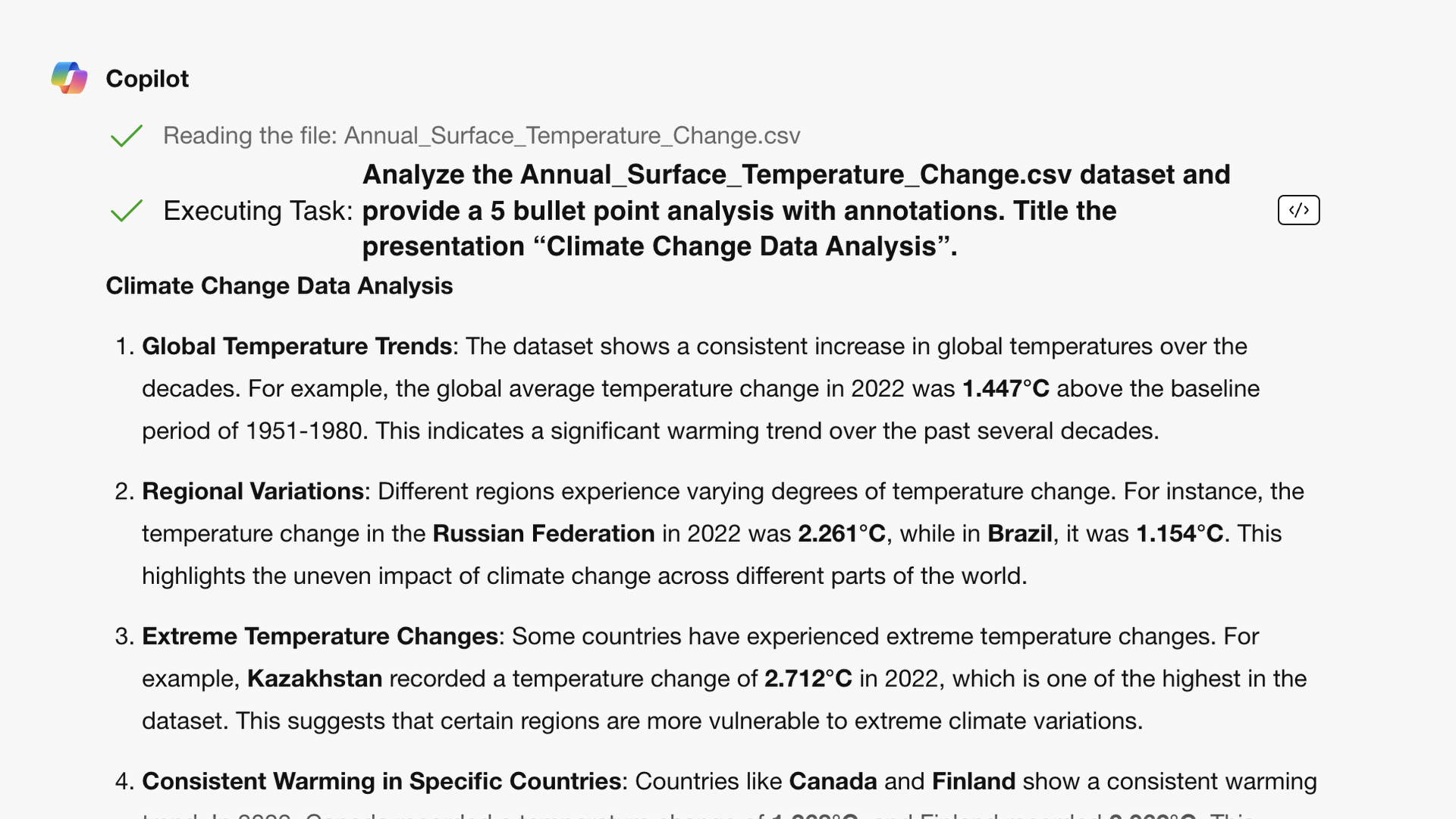
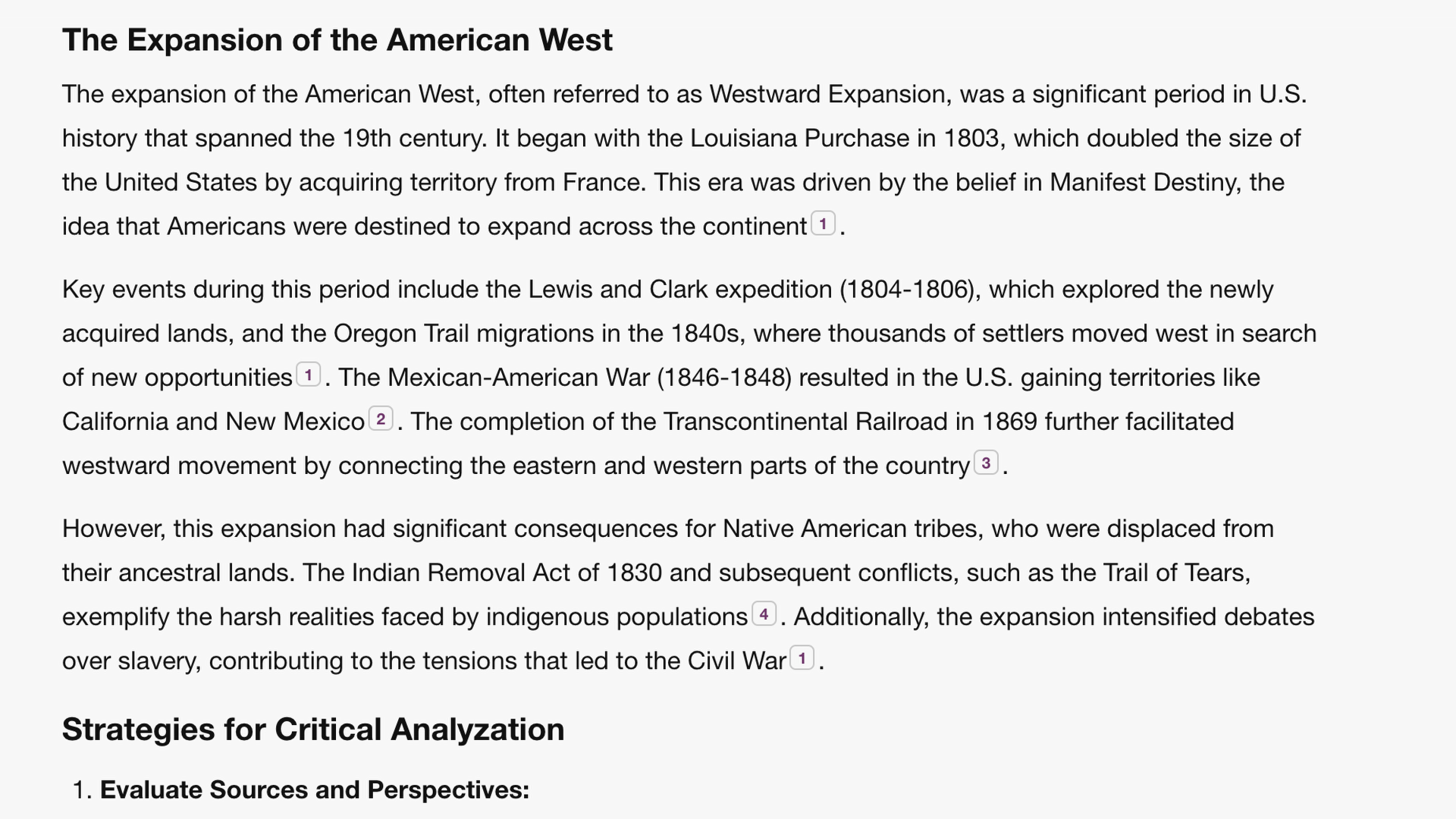

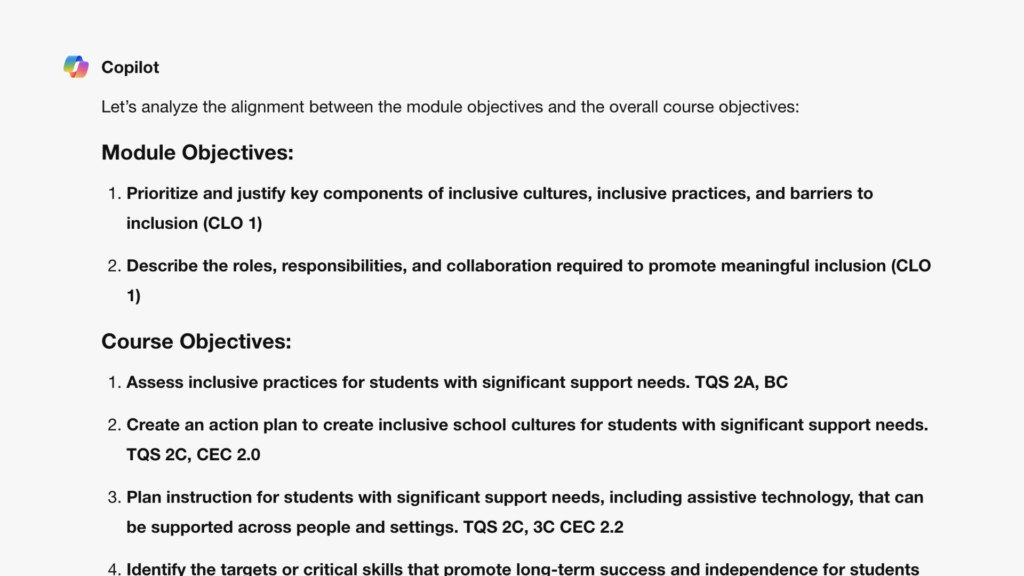

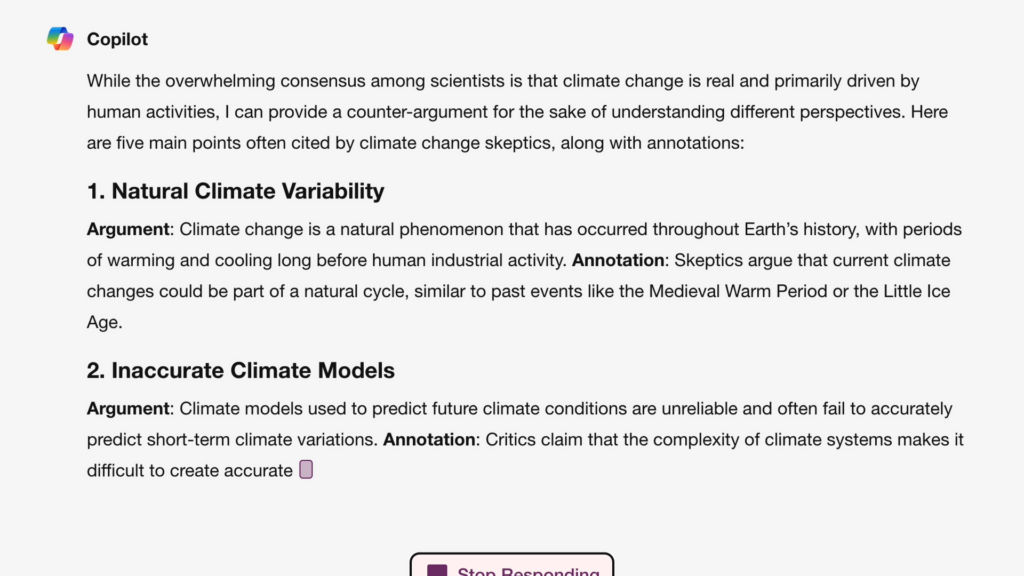
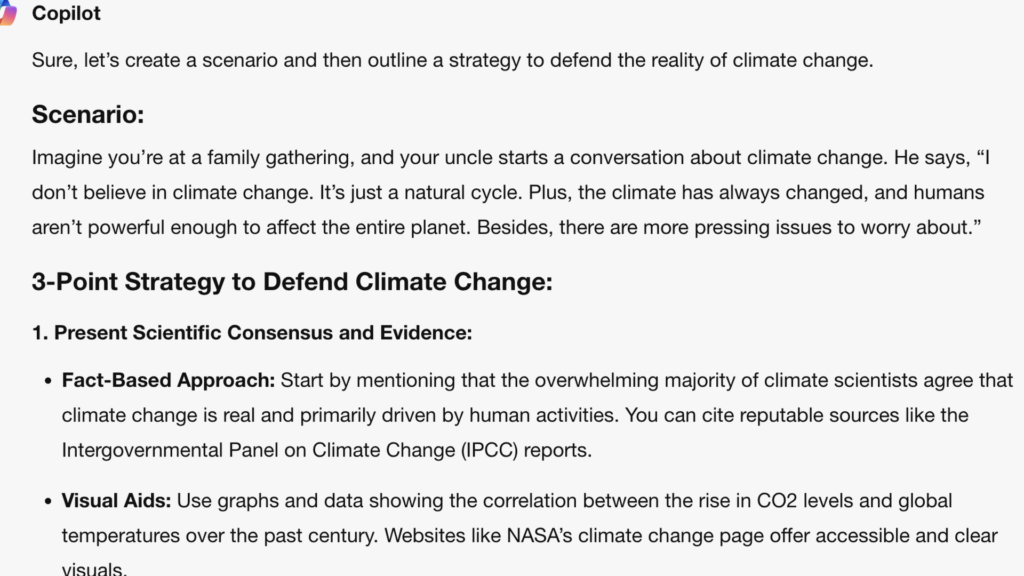



Additional Resources
When you click on the assignments below, the template will download. The Word document will be located in your downloads folder.